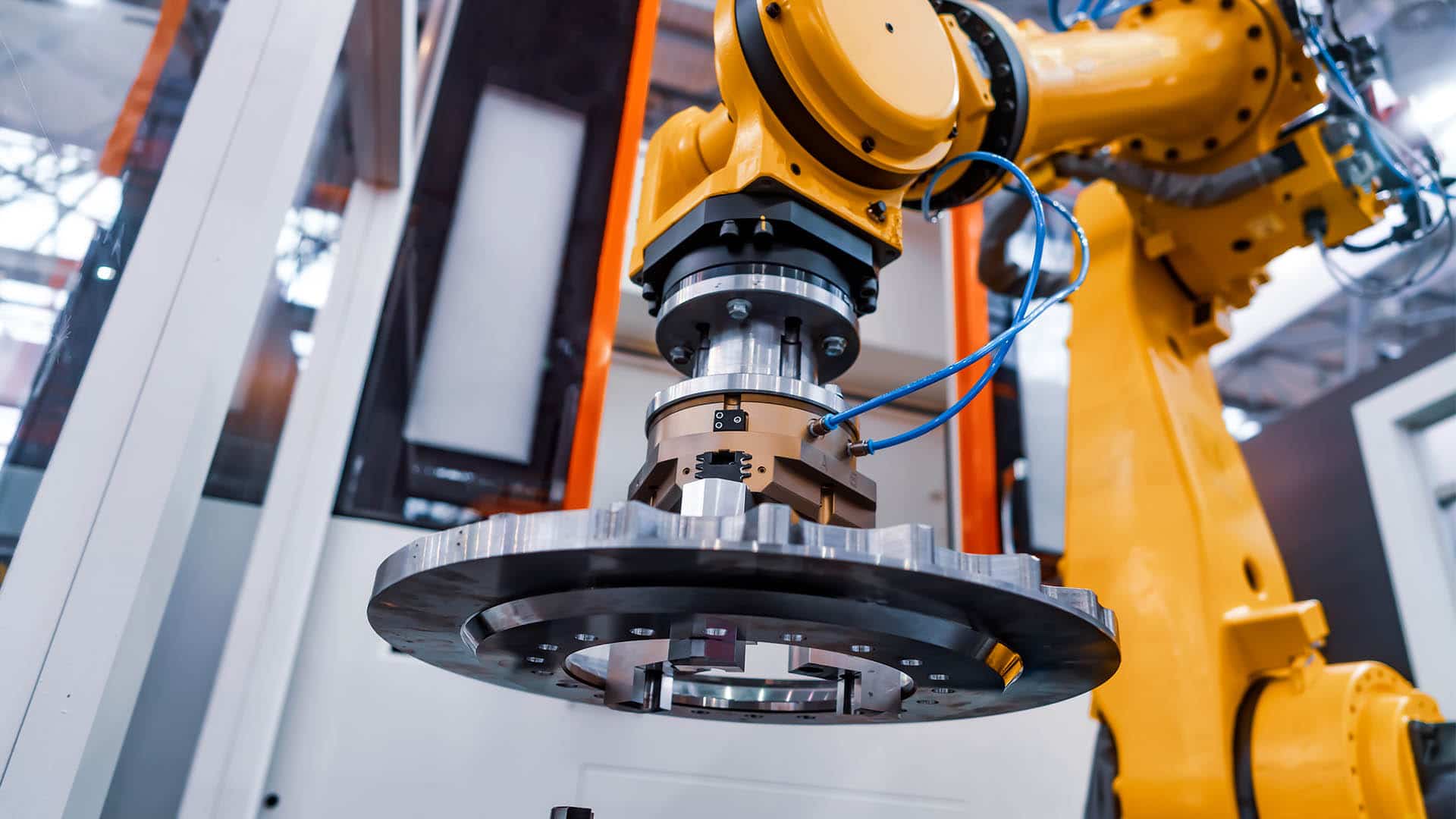Warehouse robotics are revolutionising the way businesses manage their supply chains, offering a blend of efficiency, accuracy, and innovation that’s hard to ignore. If you’re wondering, “What are warehouse robotics?”—you’re in the right place. In this comprehensive guide, we’ll explore what warehouse robotics are, why companies are adopting them, the tasks they automate, their impact on human workers, and how products from roboticproducts.co.uk enhance these systems. Whether you’re a warehouse manager, a business owner, or simply curious about automation, this blog will give you everything you need to know.
Introduction to Warehouse Automation
At its core, warehouse robotics refers to the use of automated systems and robots to streamline tasks within warehouses and distribution centres. These tasks range from picking and packing items to transporting goods and managing inventory—all with the goal of boosting efficiency, reducing errors, and enhancing safety. Driven by the explosive growth of e-commerce and advancements in artificial intelligence (AI), machine learning, and sensor technology, warehouse robotics have become a cornerstone of modern logistics.
Imagine a warehouse where repetitive, labour-intensive jobs are handled seamlessly by machines, leaving human workers free to focus on strategy and problem-solving. That’s the promise of warehouse robotics—and it’s a reality that companies across the UK and beyond are embracing today.
Why Businesses Embrace Robotic Solutions
So, why are businesses turning to robotics? The answer lies in the competitive edge they provide. In industries where speed, accuracy, and cost-efficiency are paramount, warehouse robotics deliver results that traditional methods struggle to match.
It started with simple articulated arms designed to pick and place items. Today, these systems have evolved into sophisticated solutions capable of transporting goods, packaging orders, assembling products, and managing inventory. At roboticproducts.co.uk, we support this evolution with cutting-edge tools like tool changers and the CiRo cable management system, which enhance robotic flexibility and durability.
Modern warehouse robots are built with compact designs, using lightweight yet robust materials. This means they can tackle multiple tasks without the need for additional units, offering immediate value from the moment they’re deployed. For example, our CiRo system addresses wear and tear on cabling, ensuring robots maintain peak performance while expanding their movement capabilities—a solution born from the very efficiencies robotics unlock.
How Robots Streamline Warehouse Operations
Warehouse robotics can automate a vast array of tasks, saving time, reducing labour costs, and minimising human error. Here’s a closer look at some of the most common applications:
Picking Items
Picture a vending machine that moves to fetch your selection rather than dropping it to the bottom. Now scale that up to a warehouse shelf. Robots like autonomous mobile robots (AMRs) navigate to item locations, slashing the miles workers would otherwise walk. This efficiency is a game-changer for large-scale operations.
Packaging and Transport
Once items are picked, articulated arms—often equipped with our tool changers—step in to wrap and place goods with pinpoint precision. Automated carts then whisk these packages to the shipping area, streamlining the journey from shelf to dispatch.
Assembly
For products requiring pre-shipment assembly, robots use specialised tools to attach parts or weld components. This ensures consistency and accuracy, whether it’s a simple attachment or a complex weld, all tailored to exact specifications.
From sorting and labelling to palletising, the scope of automation is vast. The more tasks a company can automate, the greater the savings on overheads and errors—making robotics an investment that pays off quickly.
Exploring Different Warehouse Robot Systems
To truly understand “What are warehouse robotics?”, it’s worth exploring the different types available. Here’s a breakdown of the key systems transforming warehouses today:
- Autonomous Mobile Robots (AMRs): These clever machines navigate independently using AI and sensors, adapting to real-time changes. They’re perfect for dynamic environments, dodging obstacles with ease.
- Automated Guided Vehicles (AGVs): Following fixed paths via markers or lasers, AGVs are reliable for structured layouts, transporting goods with minimal human input.
- Collaborative Robots (Cobots): Designed to work alongside humans, cobots feature safety sensors and are ideal for tasks like packing or quality checks.
- Automated Storage and Retrieval Systems (AS/RS): These systems store and retrieve items in high-density setups, integrating seamlessly with warehouse management software (WMS).
- Palletising Robots: Equipped with grippers, these robots stack and unstack goods, maximising storage and reducing damage.
- Sorting and Packaging Robots: Using computer vision and adaptable grippers, these systems categorise items and wrap them efficiently, vital for e-commerce fulfilment.
At Robotic Products, our robotic arms and attachments and tool systems enhance these robots, enabling seamless transitions between tasks and boosting their versatility.
Advantages of Automated Logistics Technology
The advantages of warehouse robotics are compelling, making them a must-have for forward-thinking businesses:
- Efficiency: Studies suggest productivity boosts of 20-30% (Association for Supply Chain Management), thanks to faster task completion.
- Accuracy: Error rates can drop by up to 90% (McKinsey & Company), ensuring orders are fulfilled correctly.
- Safety: By handling heavy lifting and hazardous tasks, robots reduce workplace injuries (Bureau of Labour Statistics).
- Cost Savings: The return on investment can reach £3.72 per pound spent (Robotics Industry Association), with lower labour and error costs.
- Scalability: Robotics adapt to seasonal peaks, keeping operations smooth under pressure.
Our products, like the CiRo, amplify these benefits by ensuring robots remain reliable and flexible, reducing downtime and maintenance costs.
How Automation Enhances Workforce Roles
A common question is, “What about the people?” Far from replacing human workers, warehouse robotics are designed to complement them. By taking on repetitive, physically demanding tasks, robots free up employees to tackle roles requiring creativity, critical thinking, and communication.
Our tool changers exemplify this synergy. They allow robots to switch tools quickly, covering more mundane duties so workers can focus elsewhere. This shift can boost morale, reduce stress, and improve the workplace environment. Happier teams mean lower turnover, higher productivity, and fresh perspectives on company challenges—benefits that ripple across the organisation.
Overcoming Hurdles in Robotic Integration
While the benefits are clear, implementation isn’t without hurdles:
- Initial Investment: The upfront cost can be steep, though financing options and phased rollouts help.
- Integration: Merging robotics with existing systems requires expertise—something we at Robotic Products support with our installation services.
- Maintenance: Robots need regular upkeep, but durable solutions like CiRo minimise wear and tear.
- Adaptability: Not all systems suit every warehouse, so careful planning is key.
Partnering with experienced providers like roboticproducts.co.uk ensures these challenges are met with tailored solutions, from training to ongoing support.
The Journey of Logistics Automation
Warehouse robotics have come a long way. Early conveyor systems gave way to industrial robots in the 1960s, followed by AS/RS in the 1980s and RFID tracking in the 1990s. The e-commerce boom of the 2000s spurred AI-driven robots, and today, Industry 4.0 brings smarter, more connected systems. This journey reflects a relentless push for efficiency—and it’s far from over.
What’s Next for Warehouse Robot Innovation
What’s next? The future looks bright with trends like:
- AI and Machine Learning: Robots will make autonomous decisions, improving efficiency further.
- Swarm Robotics: Coordinated robot teams will tackle complex tasks together.
- Advanced Sensors: Better environmental awareness will enhance safety and precision.
- Sustainability: Energy-efficient designs will align with green goals.
Our products are built with these trends in mind, ensuring your warehouse stays ahead of the curve.
How Robotic Products Boosts Automation Success
At roboticproducts.co.uk, we’re proud to be the UK distributor for Robot System Products, offering tools that elevate warehouse robotics. Our tool changers enable robots to switch tasks effortlessly, while the CiRo protects cabling, extending system life and flexibility. Compatible with leading brands, our solutions support material handling, order picking, and more—making us your partner in automation success.
Final Thoughts on Warehouse Efficiency
Warehouse robotics are more than a trend—they’re a transformative force in logistics. By automating tasks, boosting efficiency, and supporting human workers, they deliver a fast return on investment and a safer, more productive workplace. At Robotic Products, we’re here to help you harness this technology with innovative, reliable solutions.
Ready to explore warehouse robotics for your business? Contact us for expert advice and cutting-edge products tailored to your needs. Stay ahead in the automation game—your warehouse deserves it.






